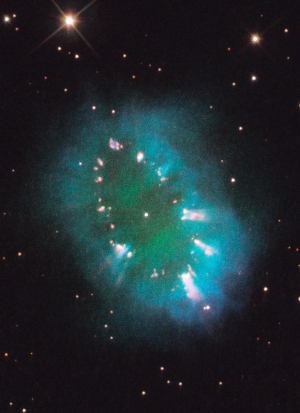Scientists are going to use Hubble to take six more deep field images.
This will be cool: Scientists are going to use Hubble to take six more deep field images.
The Hubble Space Telescope’s iconic “Deep Field” photo wowed the world in 1996 by revealing a huge collection of galaxies hiding inside a patch of the sky that looked like nothing more than blank space. Now NASA plans to image six more “empty” bits of sky for a whole new set of deep fields that could revolutionize astronomy once again. …
Since the original photo’s release, Hubble looked even longer at the same spot to create the “Ultra Deep Field” in 2004 and then the “eXtreme Deep Field” in 2012. But the new effort, called Hubble Frontier Fields, will be the first to try a similar technique on some new areas of the heavens. These photos won’t go quite as deep as the Ultra Deep Field, but will represent some of the deepest images of the universe ever taken.
Though I repeatedly challenged them at press conferences, too many astronomers claimed in 1996 that the first Hubble Deep Field was representative of the heavens, something that seemed unlikely considering how little of the heavens this one image saw. These new deep fields will help confirm — or disprove — that claim.
This will be cool: Scientists are going to use Hubble to take six more deep field images.
The Hubble Space Telescope’s iconic “Deep Field” photo wowed the world in 1996 by revealing a huge collection of galaxies hiding inside a patch of the sky that looked like nothing more than blank space. Now NASA plans to image six more “empty” bits of sky for a whole new set of deep fields that could revolutionize astronomy once again. …
Since the original photo’s release, Hubble looked even longer at the same spot to create the “Ultra Deep Field” in 2004 and then the “eXtreme Deep Field” in 2012. But the new effort, called Hubble Frontier Fields, will be the first to try a similar technique on some new areas of the heavens. These photos won’t go quite as deep as the Ultra Deep Field, but will represent some of the deepest images of the universe ever taken.
Though I repeatedly challenged them at press conferences, too many astronomers claimed in 1996 that the first Hubble Deep Field was representative of the heavens, something that seemed unlikely considering how little of the heavens this one image saw. These new deep fields will help confirm — or disprove — that claim.




